FROM KABALA TO KUROBONLA: This road was rough and from time to time we had to stand and hold on to the side of the lorry so as to not get banged around. Our public transport was a big truck in which fellow Peace Corps Skip Smith and I were two of about twenty or so people. I remember having to hold on for dear-life as we maneuvered huge road ruts and very marginal bridges. From Kabala to Kurobonla was only 75 miles but from time to time we had to stop as the driver and lorry boys got out to cut small trees down to place as spans across streams. Needless to say, Skip and I walked across these flimsy bridges. We left Kabala early in the morning, and by mid-day we had only traveled about 30 miles. In the back of the lorry - we all were hot (the air temperature hovered in the 90's and the road dust was barely tolerable), and as the road ruts increased, we all were bounced around the interior. I ended up getting large bruises from being bounced off the sides. It was March and near the end of the dry season as we skirted the northern Sierra Leone - Guinea border. The area seemed exotic as we passed through Yalunka Country into the land of the Kuranko. This was the savannah. We were not all that far from the edge of the Sahara I thought. And the road continued to get worse. At some point beyond Falaba and late in the day as the sun was about to go down, our driver stopped the vehicle (he had done so a number of times on this slow roller coaster of a ride across the top of Sierra Leone). In Krio he suggested to Skip and I that we get down and wait on the road while he turned to the North. Skip and I refused. After some negotiation we remained with the transport as the driver headed north on an even worse road. Both Skip and I knew that North meant Guinea, a country that in those days was verbotten for Peace Corps to go since their leader was a socialist (Sekou Turey) and we had no visas to enter. At the border the driver gave us one more chance - we again refused to get off. By this time it was pitch black and we were on the frontier. Pictures of Chariman Mao started to show up on veranda walls (the people thought he was handsome although they knew little of his politics). On we went, passing tiny villages. And then it started to rain. The latterite road - mostly red clay in consistency became muddy and very slippery, and when the lorry could not get traction on a steep incline, the driver got out, announced that the ride was over for the night (and that we were in Guinea), and that he would find us a place to sleep for the night. Then to our surprise, the floor of our truck was taken down, and contraband was removed from this false floor. Not only were we illegal now in Guinea, but we found us to be part of a smuggling ring bringing fine clothes from Paris to remote Guinea where legal imports were clothing from Bulgaria that upcountry folks just didn't like understandably. We had been duped. The driver did find us a place to stay as promised, in a mud hut in a tiny Guinean village whose name I can not retrieve. Our bed was made of sticks, the room was musty, and we slept poorly with our driver and his lorry-boys as roommates. In the foggy morning to follow I awoke and walked about a bit - took a few pictures of this remote frontier village in Guinea - and then we left. With luck there had been no official border crossing. There had been no one to check in with. We passed across the border back into Sierra Leone without a hitch, the lorry turning and continuing east as we headed on the marginal Kabala to Kurobonla road again. The driver had been honest with us (he promised he would get us to Kurobonla at some time) and by mid-day and some 28 hours after leaving Kabala, we arrived. Skip was in better shape than I was. I had huge welts on my back from being banged around the interior of the lorry. I had also not slept well and was exhausted, probably dehydrated, and just done in by this 28 hours of travel. In Kurobonla we found quarters in a poorly equipped health clinic at the edge of this small Kuranko town. It was here that we negotiated with the Paramount Chief (I think named Chief Kewulé Marrah) for permission to hike into the Loma Mountains and climb Bintimani. It was with him that we also obtained a guide. After an overnight in Kurobonla we headed into the high grass of this area and trekked on through intense heat and humidity to our next destination - the village of Sokurella.
All photographs are my own and can not be copied or used without permission.
These currently posted images are mainly from the Kenema Area in the Eastern Province of Sierra Leone where we lived. Many are of my Dama Road neighbors, and of our students at the Holy Rosary Secondary School and at the Kenema Teacher's Training College. There are many also from area villages such as Vaama, or Tokpombu, or Bitema, or Gbenderoo, or Foindu. These villages all with less than 100 people in them, all are in the Nongowa Chiefdom in the Kenema District of the Eastern Province of Sierra Leone. All were in walking distance ( 6 miles) of our home. I was lucky to have friends while I lived in Kenema who were willing to show me their villages and teach me about their ways. Kenema was a big town even in those days. Susan and I lived on the HRSS school compound. To this day I appreciate the warmth and friendship of my many friends including Siaka Kpaka, Patrick Garlough, Mama Hokey, the Garlough family (Pa Garlough and his wife Sabina), schoolboys Senesi Edward Lahai, Momo Vandi, and Mansaray Vandi, Mrs. Porter (and her son Bankole), Pa Sam of Vaama (and his wife Massa), and also of our many students both at Kenema Holy Rosary Secondary School (HRSS) and at the Kenema Teacher's Training College. One of our mentors while there was a woman named Mama Hokey Kemoh. She lived across from us at #55 Dama Road. In those days she was the area leader of the Bondo Society (Sowei). She was a regal woman who befriended us, joked with us, and taught us about what it was like to be a Mende woman. Many a night was spent on her veranda listening to a woman named Bonya lead beautiful Mende songs, while other women responded with incredibly beautiful harmony. Some nights this would be to a full moon, and other nights there would be rain beating down on the metal roof. It was Mama Hokey who would send for us and allow us to be there and listen, because she knew how very much I loved the wonderful songs and the very haunting harmonies. In many respects Mama Hokey was a surrogate parent to us while we lived there. In those days I smoked a pipe and thus she nicknamed me "Shmoku Pipee." Mama Hokey also nicknamed a young child living in her household as Hokey "Kpokpoi" - and called her my sister. My sense was that the word kpokpoi (?sp) meant chin in Mende and that Mama Hokey felt that this young girl with the prominent chin looked like me. I am aware as of 2008 that Mama Hokey is still alive, living back in her village of Foindu (Nongowa), but is blind.
There are also many pictures from other parts of the country including my two trips to the Loma Mountains and Bintimani, with many photos from the Kuranko village of Sokurella (?sp) at the base of Bintimani. I made two difficult treks to this area in March 1969 and again in March 1970 to hike in the Loma Mountain range - the highest mountains in West Africa outside of Mt. Cameroon.
In the period 1968 - 70 in Sierra Leone there was some unrest between the two major political parties the SLPP and the APC. We certainly were aware of the issues. However in the last two decades Sierra Leone had a very long, horrendous and very tragic war in which horrific abuses were perpertrated such as the use of child soldiers, mutilations, rape as a politcal policy, this all in a ten years downslide for which, even with the tremendous resilience of its people, may take generations to recover. Sierra Leoneans are indeed a resilient people. They will succeed in rebuilding this once proud and wonderful country. However a generation has been without regular education, has been disrupted by the depravity of the horrible war, and has been dispersed to other parts of the world.
In way of explanation the word BONDO refers to the women's secret society in the area, a society that trained young female initiates to be responsible women in the society. The comprable men's society in our area (Mende) was the PORO society. BINTIMANI is a mountain in the Northern Province of Sierra Leone in the mountain range known as the Loma Mountains. In March of 1969 and again in 1970 I hiked in these mountains and stayed in the remote village of Sokurella at the base of Mt. Bintimani. Bintimani is the highest mountain in West Africa outside of Mt. Cameroon. KENEMA was the town where we lived while in the Peace Corps. HRSS refers to the Holy Rosary Secondary School, the school that we were assigned to and where Susan taught English and history, and where I taught math and science, and was assigned to be the netball coach. TTC refers to the teacher's training college in Kenema that we also taught at. I suspect that many of our students are now important leaders in the Sierra Leone community. Then there are the many spirits (called Devils) such as the black raffia BONDO Devil, symbolizing the women's Bondu Society, GOBOI (Mende) and somewhat wild and frenzied secular men's devil, JOBAI (Mende) - also a men's secular devil. I ask any of my Mende friends to excuse any misspellings. I welcome any corrections since it has been 40 years since I have walked in Mendeline. MENDE refers to one of the major ethnic groups in Sierra Leone. We lived in their area. KURANKO refers to a small ethnic group that lived around the Loma Mountains - the village of Sokurella was a Kuranko village. LIMBA is another ethnic group found in Sierra Leone. DAMA ROAD was the road that we lived on and where many of our neighbors and friends lived (this was in Kenema and was a road that headed to Dama Chiefdom). NONGOWA refers to the chiefdom where we lived and where Kenema was the capital.
Lastly let me thank the Sisters of the Holy Rosary who chose us to be part of the first faculty of the Kenema Holy Rosary Secondary School in 1968, and who tolerated having a non-Catholic man teaching on the compound during our two memorable years there. My most memorable teacher colleague among the Sisters was Sister Adrian (Kathleen Toland) who had been in Nigeria before coming to Sierra Leone. Also Sister Mary Ibar (now Sister Celia Doyle) who came in our second year and taught math and science (at least this is what I remember). Both these women were truly dedicated to their teaching and to the students that they taught. Both seemed to have their purpose in perspective and understood that change was in the wind in the 1960's and that Sierra Leone was emerging from its colonial past as it adjusted to Independence. These two dedicated women were able to be flexible and see in their African young women both hope and promise. These were two very Holy women in the best sense of this term.
Saturday, September 20, 2008
Subscribe to:
Post Comments (Atom)





































































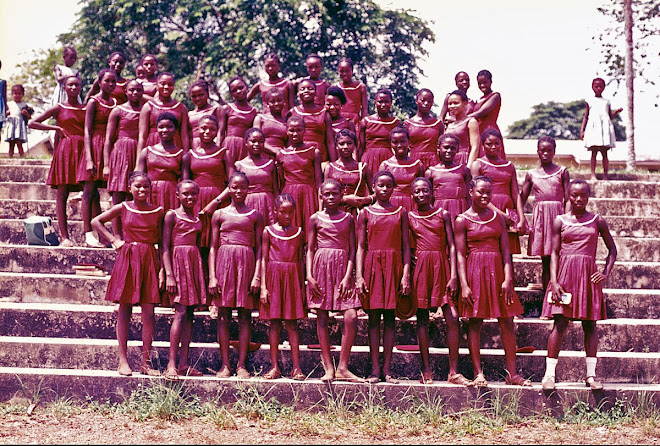.jpg)



























































































































































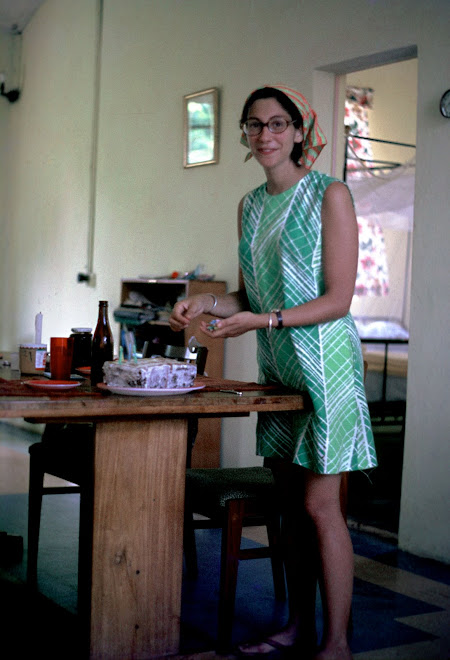
































































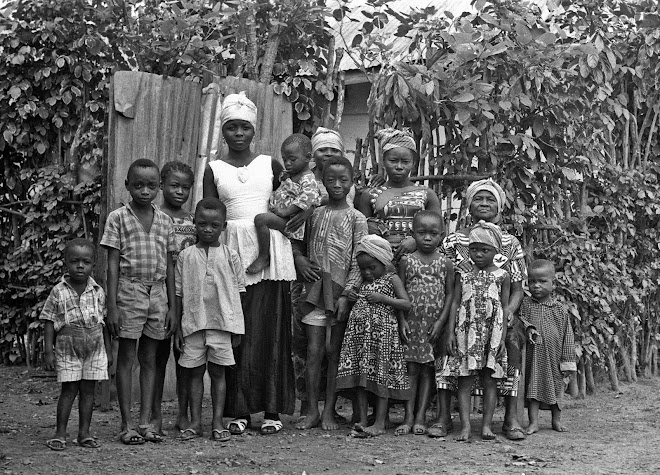.jpg)





































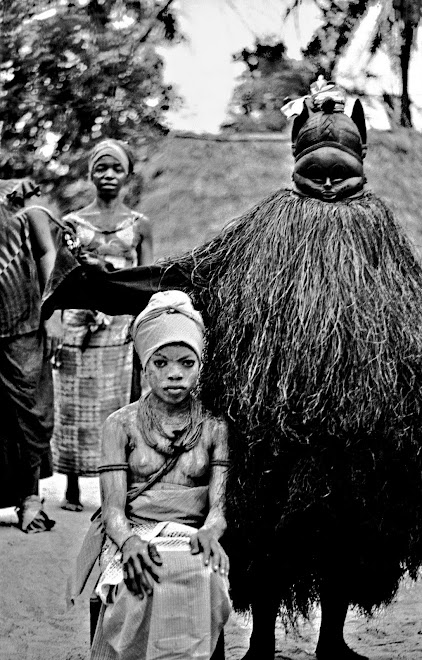-1969.jpg)

















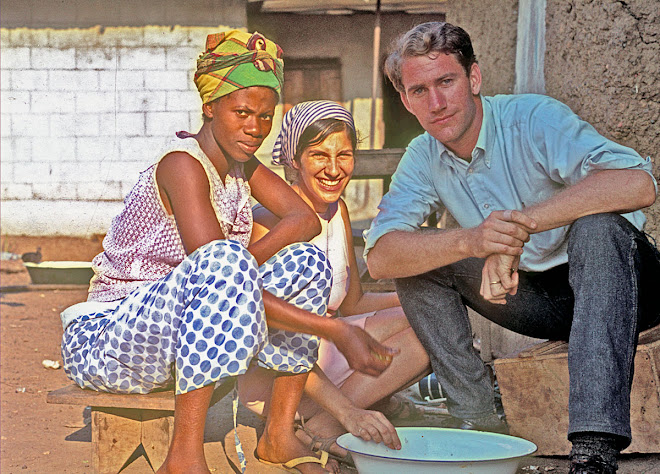













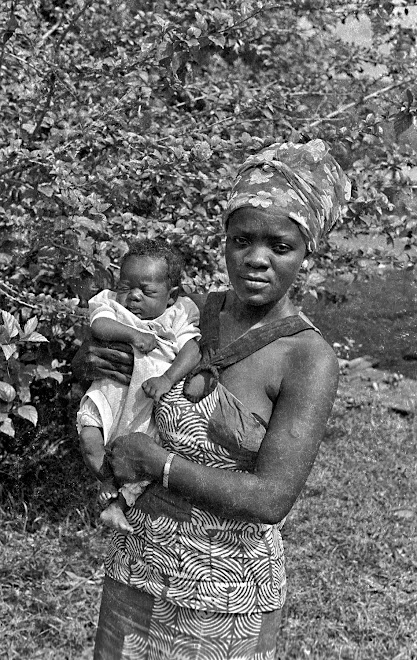-w--child.jpg)



No comments:
Post a Comment